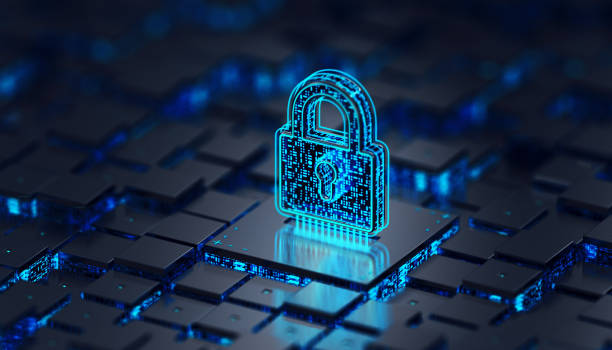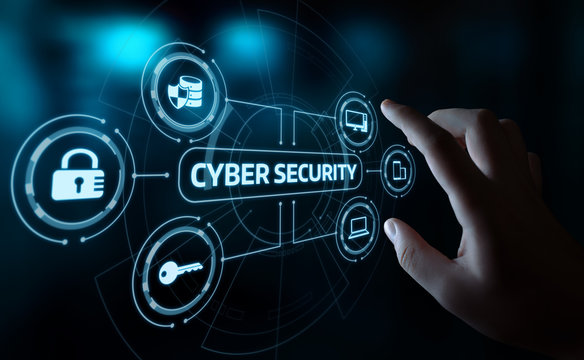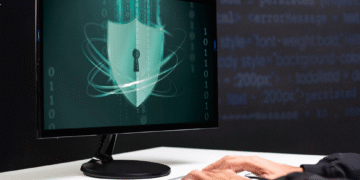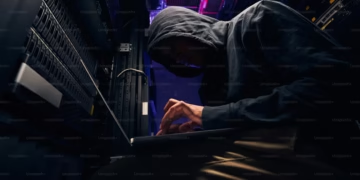The global shift to remote work has fundamentally transformed the cybersecurity landscape,
dissolving traditional network perimeters and creating new challenges that require innovative security approaches. Organizations that previously operated within well-defined physical and network boundaries now find their employees accessing corporate resources from countless locations, devices, and network environments. This transformation has expanded attack surfaces exponentially while simultaneously complicating security monitoring and incident response efforts.
The challenges posed by remote work extend far beyond simple network access concerns.
Traditional security models relied heavily on controlling the physical environment and network infrastructure to maintain security. Remote work environments introduce variables that organizations cannot directly control, including home network security, personal device hygiene, and physical security considerations that were previously managed through controlled office environments.
Endpoint security has become critically important as corporate data now resides on devices distributed across numerous locations and network environments. Personal devices used for work purposes may lack enterprise-grade security controls, while corporate devices operating outside managed networks face new threat vectors. The challenge is compounded by the difficulty of maintaining consistent security policies and monitoring capabilities across diverse remote environments.
Secure access technologies have evolved to address remote work challenges, with virtual private networks serving as an initial solution for many organizations. However, traditional VPN approaches often create bottlenecks and may not provide sufficient security for modern remote work requirements. Zero-trust network access solutions offer more granular control by authenticating and authorizing individual access requests rather than providing broadnetwork access based on location or device trust.

Identity and access management systems have become central to remote work security, as traditional location-based access controls lose relevance. Multi-factor authentication has transformed from a recommended practice to an essential requirement, while privileged access management solutions help organizations maintain control over sensitive resources regardless of user location. Single sign-on solutions can improve both security and user experience by reducing password-related risks while simplifying access to authorized resources.
Cloud security considerations have gained prominence as organizations increasingly rely on cloud-based services to support remote work. Cloud access security brokers provide visibility and control over cloud service usage, while data loss prevention solutions help prevent sensitive information from being inappropriately shared or stored. Organizations must also consider the security implications of employees using personal cloud storage services for work-related activities.
Employee training and awareness programs require significant adaptation for remote work environments. Traditional in-person security training sessions must be replaced with engaging digital alternatives that can effectively communicate security principles and procedures. Phishing simulation programs become particularly important as remote workers may be more susceptible to social engineering attacks due to reduced opportunities for in-person verification of suspicious communications.
Communication security presents unique challenges in remote work environments, where employees rely heavily on video conferencing, messaging platforms, and collaboration tools.
Organizations must implement appropriate security controls for these platforms while ensuring that security measures do not impede productivity or collaboration effectiveness.
End-to-end encryption for sensitive communications becomes essential, while proper configuration of collaboration platforms helps prevent unauthorized access to meetings and shared resources.
Building a resilient remote work security strategy requires a comprehensive approach that addresses technical, procedural, and human factors. Organizations must invest in robust endpoint protection solutions that can operate effectively in diverse network environments while providing centralized management and monitoring capabilities. Regular security assessments should evaluate the effectiveness of remote work security controls and identify areas for improvement.


















